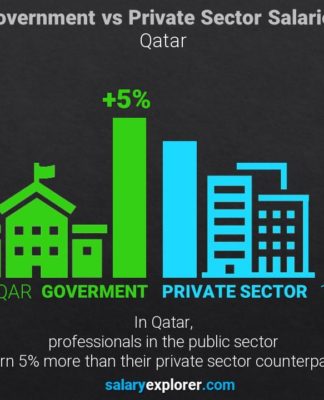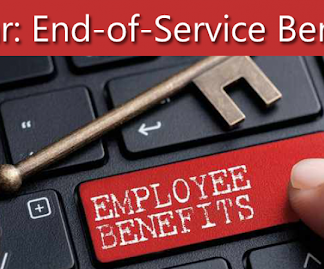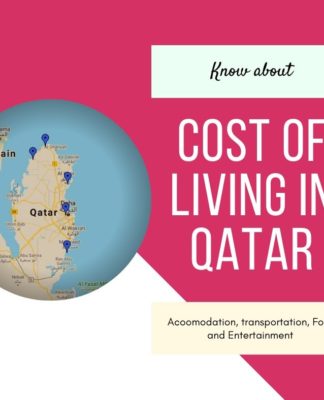Affluent Consumers Temper Spending as Recession Concerns Mount
BY PYMNTS | MAY 8, 2023
|
The latest data from the Federal Reserve released Monday (May 8) show that consumers think inflation’s here for the long term.
And higher-income households are tempering their spending expectations.
As detailed in the April “Survey of Consumer Expectations,” report, the data show that median household spending growth expectations decreased from 5.7% in March to 5.2% in April, the lowest reading since September 2021. And drilling down a bit, the Fed found that the decline was “driven by respondents with a household income greater than $50,000.” Consumers who make between $50,000 to $100,000 expect that spending will grow by 5.1%. For households making more than $100,000, the expectations dip to 5%, where they had been as high as 5.8% as recently as September 2022.
Higher Income Households Gird for Inflation
As for expectations for inflation, short-term horizons show that expectations have been tempered a bit. Consumers expect inflation to grow by 4.4% through the year ahead, at the median, which is better than the 4.7% expected in the last reading for March.
But: Consumers who make between $50,000 to $100,000 see those inflation expectations at 4.9%; for those making above $100,000, the expectations are that inflation one year ahead will touch 4.4%.
Median expected growth in household income decreased by 0.2% point to 3.1%, below the series 12-month trailing average of 3.6%.
Debt delinquency expectations remained mixed. The mean probability of consumers stating they might not be able to make a minimum debt payment over the next three months was 10.6% in April, down 0.3% from March. For higher earners above $100,000, the corresponding percentage grew from 5% in March to 6.6% in April.
Connecting the dots reveals that middle- and higher-income consumers expect to see their wage growth slow, think they may be at risk of making debt payments, and expect inflation to grow — so it may not be any wonder that they expect to temper their spending habits.
Recent PYMNTS data show that 65% of middle-income consumers lived paycheck to paycheck. Among high-income consumers — those earning more than $100,000 annually — the share of those living paycheck to paycheck remained steady at 49% in March 2023, as measured from a year ago.
Separately, 69% of consumers report they have reduced nonessential spending on retail products specifically because of high inflation. As many as 40% of consumers have switched to less expensive clothing retailers, and 26% have started buying lower-quality clothing. For consumers making more than $100,000 annually, two-thirds have reported that they’ve cut back on retail spending due to higher prices, and nearly 56% of consumers in this income bracket said the same thing about grocery purchases. A bit more than 17% of high earners said that switching to a less-expensive merchant has been among the most important shifts they’ve made in response to those surging prices; 20.4% said the same for groceries.






























